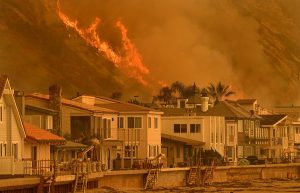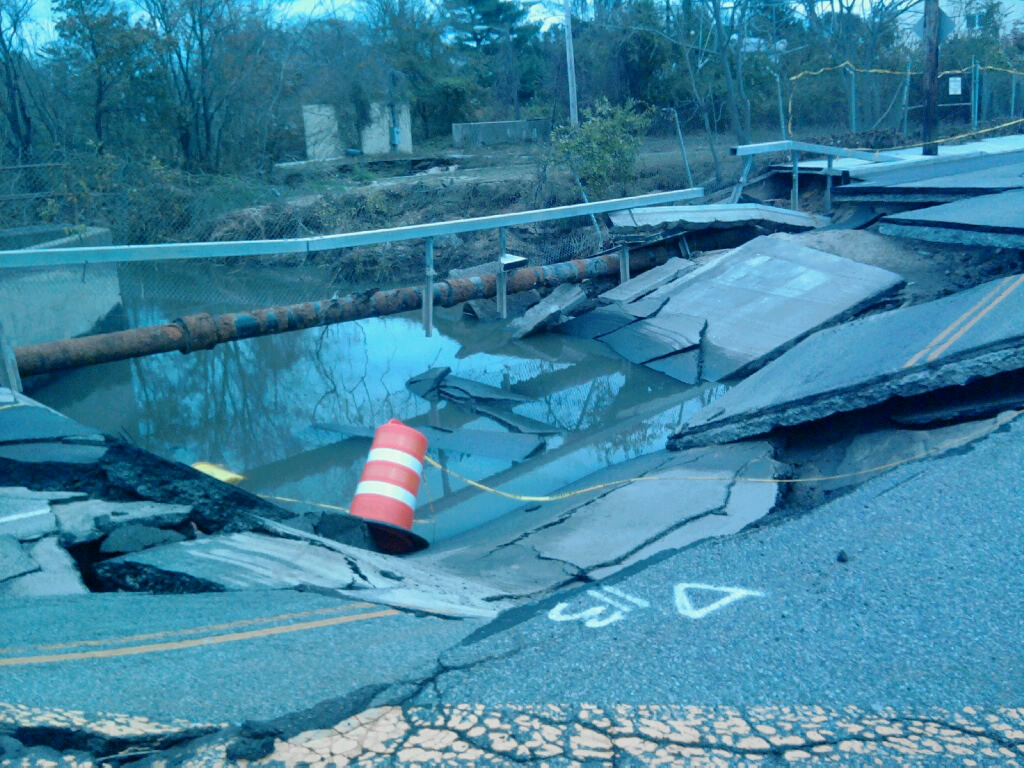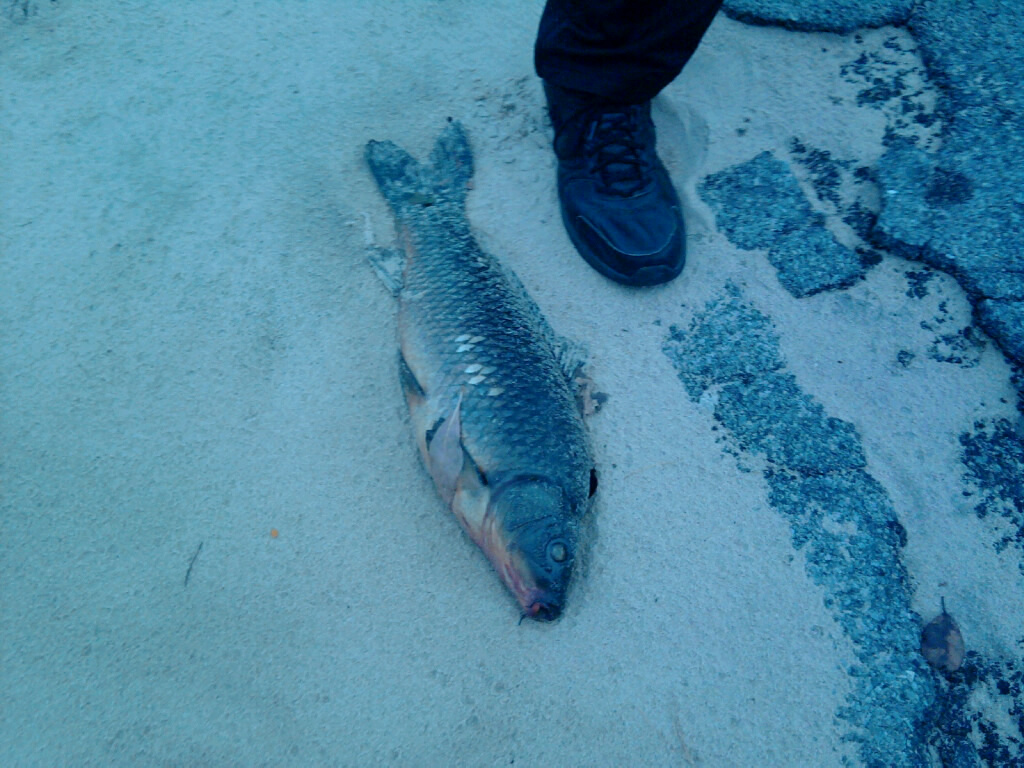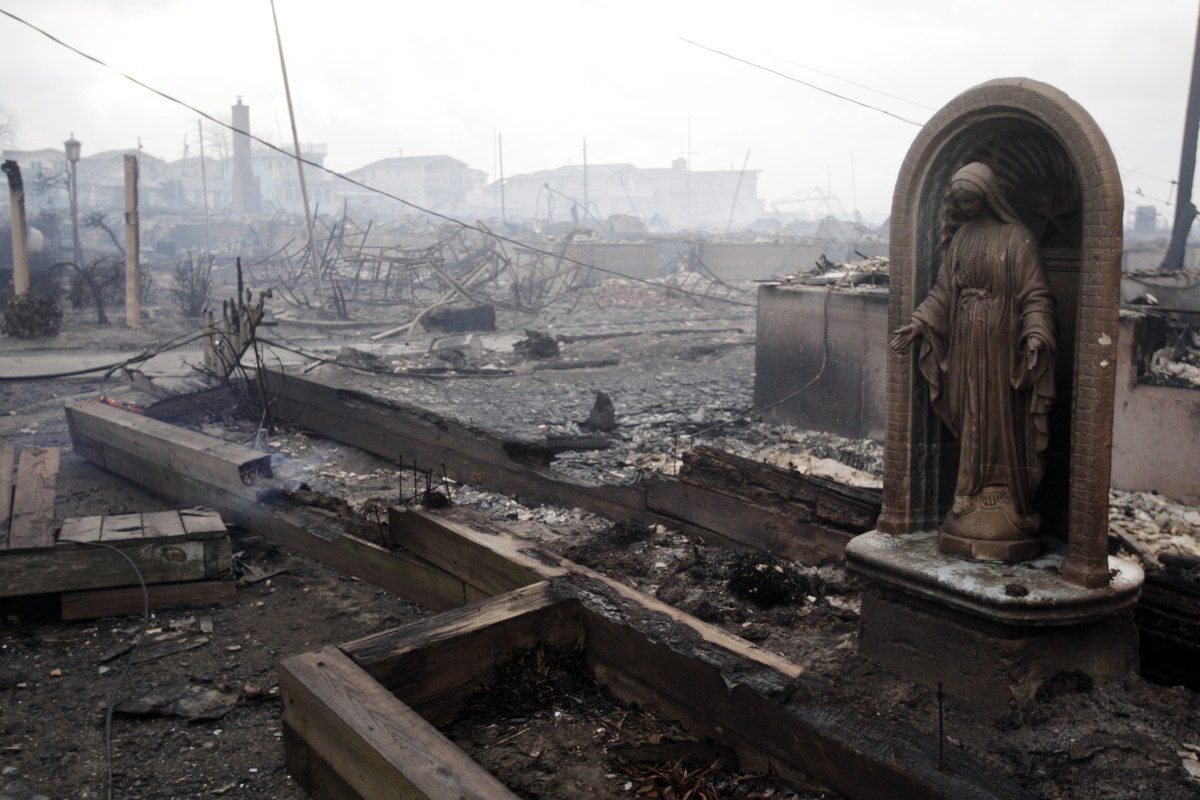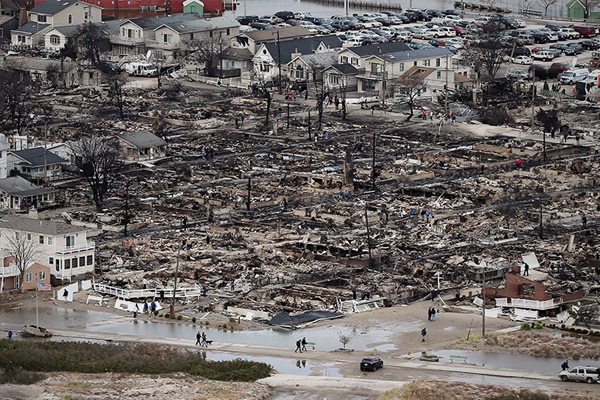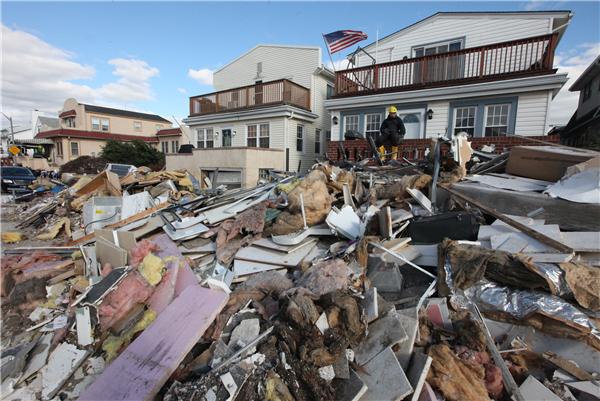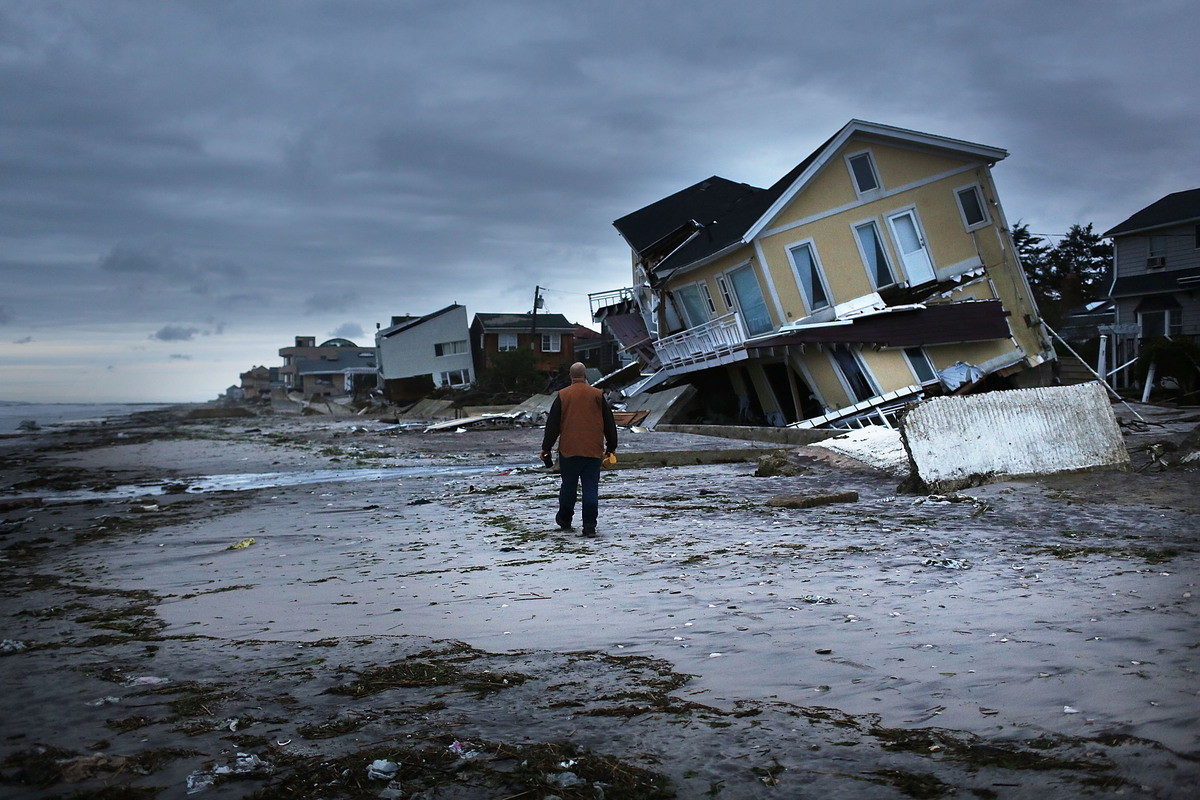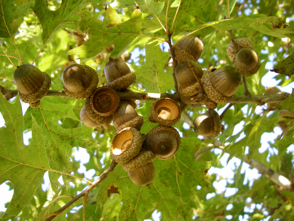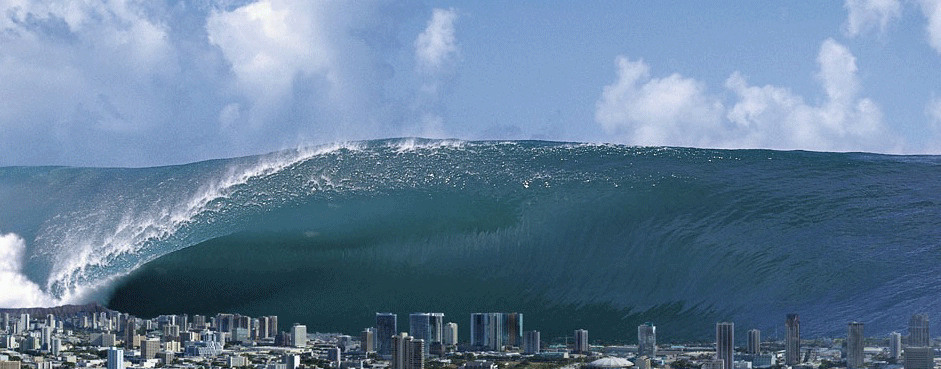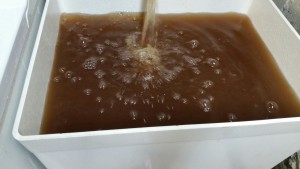
The water in my laundry room sink on 2/19/16
For more information on the local Nassau County water, go to: https://blog.terischure.com/why-is-my-water-brown/
This blog post is going to be more like a slog post, but please bear with it because you will not believe our nation’s water situation.
Here is the million-dollar question: Do you know what’s in your tap water?
As you can see from the picture of my water last week, I certainly had no clue as to what was in my tap water. And after umpteen hours and days of research, I still don’t.
First things first, though. I would like to state a disclaimer right up front:
All data and information provided in this blog post are for informational purposes only. And since pouring through the various information on many governmental and water supplier websites was like trying to cure cancer, I make no representations as to the accuracy, completeness, currentness, suitability, or validity of any information in this blog post and will not be liable for any errors, omissions, or delays in this information or any losses, injuries, or damages arising from its display or use. All information is provided on an as-is basis.
Okay, now I’m ready to start at the very beginning.
Every year, the Safe Drinking Water Act (SDWA), the legal basis for regulating public drinking water, requires all water suppliers to submit an annual report to every customer on contaminants in their drinking water (EPA 2006c).
But from my research, it doesn’t seem that these reports show us what’s really in our tap water. They don’t contain information on unregulated chemicals for which testing is not required by states or the Environmental Protection Agency (EPA), and they provide only average levels of most contaminants.
So the water companies are able to tell their customers that they are delivering clean, high-quality drinking water, an incredible accomplishment considering the subpar quality of the water in many cases, including mine.
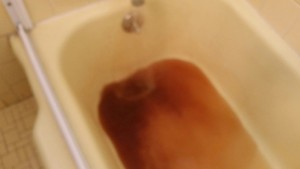
How is this possible?
Because the federal standards that the SDWA has set don’t necessarily guarantee your water is perfectly safe to drink.
According to what I was able to find on the EPA.gov website, over seven hundred substances have been cataloged as potential contaminants, yet under the 1974 SDWA, there are only 90 contaminants public water systems need to worry about, report, or test.
Additionally, since 2004, more than half of the chemicals detected through testing can legally be present in any amount because they are not subject to health or safety regulations.
More disturbing than the slim picking and choosing of contaminants—the Safe Drinking Water Act has a Contaminant Candidate List (CCL) of 100 chemicals and 12 microbial contaminants that are currently not subject to any drinking water regulations whatsoever but are known or anticipated to occur in public water systems. This list includes pesticides, disinfection byproducts, chemicals used in commerce, pharmaceuticals, and waterborne pathogens.
And get this one-liner pulled directly from the EPA.gov website:
“Once the CCL is published, the SDWA requires the EPA to determine whether or not to regulate at least five candidate contaminants from the list within five years after the completion of the previous round of regulatory determinations.”
Say that again? At least five in five years?
According to the advocacy organization Environmental Working Group’s website EWG.org, “The majority of current drinking water standards were set in 1991 and 1992 and our government hasn’t set a single new drinking water standard since 2001.”
Over the years, I have taken many photos of my discolored water and even called New York American Water to complain about and report the problem. Each and every time I called, I was reassured that my water was safe and that the discolored and sometimes foul-smelling water was temporary due to the flushing out of their pipes.
Except that my water can be brown or smell funky much more often than just when New York American Water flushed their system. And it wasn’t just the water. I have, on many occasions, been forced to throw out my ice because it looked completely fine, but the smell was so rancid that it stunk up my freezer.
And the water has wreaked havoc on my toilet bowls, discoloring them with stripes of dark brown, leaving me paranoid that my guests think that I don’t clean well.
For those of you who know me personally, it’s no secret that I am a manic germaphobe and a neat freak. So how did this horrendous water situation sneak past me?
When buying a refrigerator a few years ago, I made a point of staying away from any models with a water dispenser. After ditching my smelly refrigerator ice, I certainly wasn’t rushing to drink water from any fridge. Thanks but no thanks.
And I long ago stopped drinking my tap water. But let’s be real here. I shower and brush my teeth with it, bathe in it, use it for cooking and coffee, and wash my raw fruits and vegetables in it.
This water is in every pore of my body without ever having to drink a drop of it.
A month or so ago, the flow of my hot water seemed compromised and I noticed that when taking a shower, it was running cold very quickly. I also noticed a weird metal-like taste combined with a strong chlorine smell in the water and started to see dirt-like sediment sitting on the bottom of all of my toilet bowls.
Last week, my hot water became so brown and foul smelling that I made an emergency call to a plumber, who recommended that I empty out my water heater and flush my pipes—immediately.
“This is what you’ve been drinking,” the plumber repeated over and over again as he emptied the filthy, sludgy water out of my cold and hot water pipes.
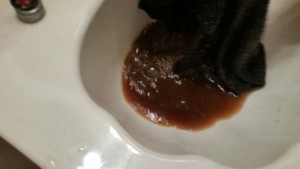
And he was adamant that everyone should flush out their systems once a year.
Who knew? When was the last time you emptied your hot water heater and flushed your pipes?
Once the plumber left, I went to the New York American Water website and eventually found two sentences buried in the Water Quality & Stewardship heading and then Iron in Your Drinking Water on a drop-down menu. “Flush your water heater on a regular basis. It is important to flush the heater on a regular basis according to the manufacturer’s recommendation.”
I then jumped right on my hot water heater company’s website to see if they had any manufacturer’s recommendations and found absolutely nothing.
Getting back to New York American’s website. There is a section on what they are doing to improve the water. Except that it’s dated 2013.
So does that mean they haven’t updated this section for 2+ years? As we saw from Flint, Michigan, a lot can happen in two years.
Now I consider myself to be an intelligent and healthy-minded woman. I am, however, appalled and embarrassed that I had absolutely no clue that I was supposed to flush anything but my toilets. But after witnessing the muck and gunk that oozed out of my faucets and water heater, I’m on official 12-month flushing notice. Make that a 6-month notice.
Plumber recommendation or not, I am honestly afraid to wait 12 months, despite the fact that according to New York American Water’s own claims on their website: “We hold ourselves to the highest standards in delivering clean, high-quality drinking water to the people we serve.”
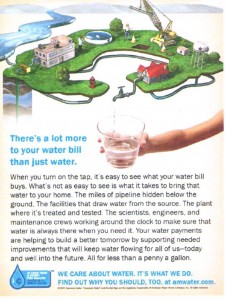
Just as a reminder, take another look at my water.
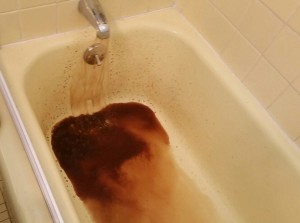
Additionally, New York American Water had this to say about their regulation compliance: “When it comes to complying with strict federal regulations, we’ve consistently scored among the highest of all water companies. Last year, New York American Water’s compliance record for meeting primary state and federal drinking water standards was 100 percent.”
New York American Water scores among the highest of all water companies? The sludge and filth in my photos surely tell an entirely different story.
After carefully scrutinizing the New York American Water website, I kept going back to my photos and videos and couldn’t help but wonder what score the federal regulators would give the dregs that spewed out of my pipes and hot water heater.
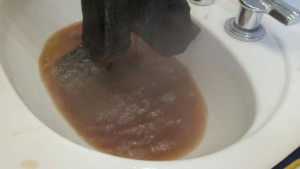
I doubt they would give it a 100.
I also kept going back to Flint, Michigan. For nearly two years, the residents there have been slowly poisoned by lead in their drinking water. If our federal regulators dropped the water ball there, maybe they missed something in my little hamlet.
And if my photos are any indication of what my neighbors may have lurking in their pipes and hot water heaters (according to the plumber who flushed out my system, they all have what I have), I sincerely hope they are reading this blog.
I continued to do my due diligence and spent days researching various sites hoping for some shred of good news. But that wasn’t in the water cards. All I found were more and more alarming tidbits.
The bottom line is that sewer overflows and aging infrastructure are significant contributors to drinking water quality problems in our country. And our nation has failed to invest the funds needed to renew and replace our essential drinking water infrastructure. The result is an antiquated system that not only poses serious health and safety risks but is also prone to dangerous leaks and failures.
Ten long years ago, the American Society of Civil Engineers gave American drinking water infrastructure an overall grade of D-minus. According to the study, our declining water system, including aging wastewater facilities and leaking drinking water pipes, is a threat to the nation’s prosperity. The study went on to say that time was working against our country’s infrastructure and that it would cost untold billions of dollars to replace aging facilities that are near the end of their useful lives and to comply with existing and future federal water regulations.
And speaking of federal water regulations: From what I read, legal limits are established by the Safe Drinking Water Act, although a stricter health guideline for drinking water quality has been created by the World Health Organization. A least, I think it’s the WHO. It was near impossible to get a precise fix on who does what.
So in many cases, your water may contain contaminants below legal limits but above health guidelines. This part of my research was very clear.
Does my water look legal and/or healthy to you?

According to the Environment Working Group website, the water in my county from test data available from 2004-2008 was not as high-quality and clean as New York American Water would have me believe.
There were 16 contaminants in our water. The National contaminants average is 4.
And get this one: All 16 contaminants exceeded the health limit.
And the dreaded Lead was one of those contaminants.
Of the 16 contaminants, 2 exceeded the legal limit:
Manganese (Industrial contaminant)
Aluminum (A metal released from metal refineries and mining operations)
Now if these contaminants exceeded the legal limit, they must be unhealthy, correct?
So, of course, I looked up Manganese and Aluminum in water and found this information on the CT.gov website about Manganese:
Manganese: Exposure to high concentrations of manganese over the course of years has been associated with toxicity to the nervous system, producing a syndrome that resembles Parkinsonism. In addition, young children appear to absorb more manganese than older age groups but excrete less. This adds up to a greater potential for exposure in the very young. Since manganese’s effects on the developing nervous system have not been adequately studied, it is especially prudent for pregnant women and young children to have drinking water that is below the manganese AL. You may suspect that manganese is in your water if the water is discolored (brownish-red), causes staining of plumbing fixtures (faucets, sinks) or clothing, or has an off-taste or odor. If this is the case, you should have your water tested by a state-certified laboratory for manganese. When you get the results, you should contact your local health department to help you interpret the results. There are no enforceable federal drinking water standards for manganese. The CT Department of Public Health recently set a drinking water Action Level (AL) for manganese of 0.5 mg/l to ensure protection against manganese toxicity. This AL is consistent with the World Health Organization guidance level for manganese in drinking water.
And I found this information about Aluminum on the Pure Water Products website:
Aluminum: At high concentrations, there is evidence linking aluminum to its effects on the nervous system, with possible connections to several diseases, such as Parkinson’s, Alzheimer’s, and Lou Gehrig’s disease. The American Water Works Association recommends that concentrations of aluminum in drinking water should not exceed 0.05 parts per million (0.05 ppm or mg/L). The U.S. Environmental Protection Agency recommends that the level not exceed 0.2 ppm.
Okay, so I’m no scientist, but according to the test data from 2004-2008, Manganese exceeded the legal limit by 50 ppb, whatever that means. And Aluminum exceeded the legal limit by 200 ppb. Can someone who knows the difference between ppm, ppb, and mg/l help me out here?
Oh, and let’s not forget about the additional 14 contaminants that exceeded the health limit:
Dibromochloromethane (A disinfection byproduct)
Bromoform (A disinfection byproduct)
Lead (A metal that enters the water by corrosion of household plumbing systems, discharge of industrial pollution, and erosion of natural deposits)
Bromodichloromethane (A disinfection byproduct)
Alpha particle activity (A form of radiation released from mining waste pollutants and natural sources)
Radium-228 (A radioactive element usually found around uranium deposits)
Tetrachloroethylene (A common soil and groundwater contaminant used in dry cleaning and as a solvent in automotive and metalworking factories and other industries.)
Trichloroethylene (Used to remove grease from fabricated metal parts and in the production of some textiles, and comes from metal degreasing sites, metal finishing, and rubber processing industries.)
Arsenic (Contaminates water due to mining runoff, erosion of natural deposits, emissions from glass and electronics processing, and the use of arsenical compounds such as wood preservatives and pesticides.)
Chloroform (A disinfection byproduct)
Total halo acetic acids (Refers to the sum of five related disinfection byproducts)
Total trihalomethanes (Constitutes the sum of four disinfection byproducts)
Di(2-ethylhexyl) phthalate (A pollutant from rubber and industrial chemical factories and leachate from PVC pipes; it is classified by EPA as a probable human carcinogen.) FYI: Leachate is water that has percolated through a solid and leached out.
Radium-226 (A radioactive element usually found around uranium deposits)
There were also 13 additional contaminants found in the water, but none of them exceeded the legal or health limits. I won’t bore you with the gory details.
So as far as I can tell, the above information is what’s lurking about in our Nassau County tap water.
As if this news wasn’t bad enough, I received a 2016 Spring Flushing pamphlet in the mail from New York American Water this week.
It seems they will be flushing North Woodmere (my hamlet) Monday-Friday, 8am-4pm from April 11 through April 21.
According to the New York American Water pamphlet, flushing their system helps to clean out any buildup of mineral deposits and sediment inside their pipes. They went on to say that discolored water may occur because the sediment in the water mains gets stirred up. They assured in the pamphlet that the discolored water is not harmful and we should simply let our water run until it is clear.
After writing this blog post, I am beyond pessimistic about anything I am told about my water.
And when New York American Water flushes their pipes for TEN days, I have to wonder what corrosion and other dangerous materials are being dislodged from their systems and flowing into mine.
Sorry New York American Water, but I am not reassured.
And lastly, here is what they said I need to do to prepare for the ten days of flushing in my area:
-
- Draw water for cooking ahead of time. (For ten days?!)
- Store a large bottle of water in the refrigerator for drinking. (Just one?)
- Check for discolored water before using the washing machine or dishwasher. (Seriously?)
- Note: If your laundry becomes stained, rewash clothes immediately using a heavy-duty detergent and add a rust remover. (I should wash my clothes with rust remover?)
So, after all of my encyclopedic writing and research, I have hundreds of questions, but I’ll only ask two for now:
1) Please tell me how New York American Water scores 100?
2) Where can I get water testing data for 2009-2015? (BTW, I have exhausted all efforts to try to find anything whatsoever on the EPA site for New York American Water.)
And last but not least, here is what the Environment Working Group’s website had to say about the SDWA and the EPA:
Compiling national tap water information and providing full access to the public should be a requirement for the EPA. More than a decade ago, the Safe Drinking Water Act Amendments of 1996 included such a requirement, but it still has not done so.
The federal government has a responsibility to do a national assessment of drinking water quality. It should establish new safety standards, set priorities for pollution prevention projects, and tell consumers about the full range of pollutants in our water.
The policy gaps that hamper source water protection and enforcement of drinking water quality need to be remedied with innovative legislation and regulatory leadership by the EPA in order to protect public health, especially the health of the developing fetus and child.
All Americans deserve access to clean and wholesome drinking water. It is essential to dedicate more funding for water infrastructure and source water protection programs and to make it a national priority to safeguard public health. So long as unregulated contaminants remain unregulated and unmonitored, the safety and reliability of tap water will remain at risk.
You only need to look at my photos to know that Flint, Michigan, might be the first crisis of its kind in recent memory, but it definitely won’t be the last.
For more information on the local Nassau County water, go to: https://blog.terischure.com/why-is-my-water-brown/

